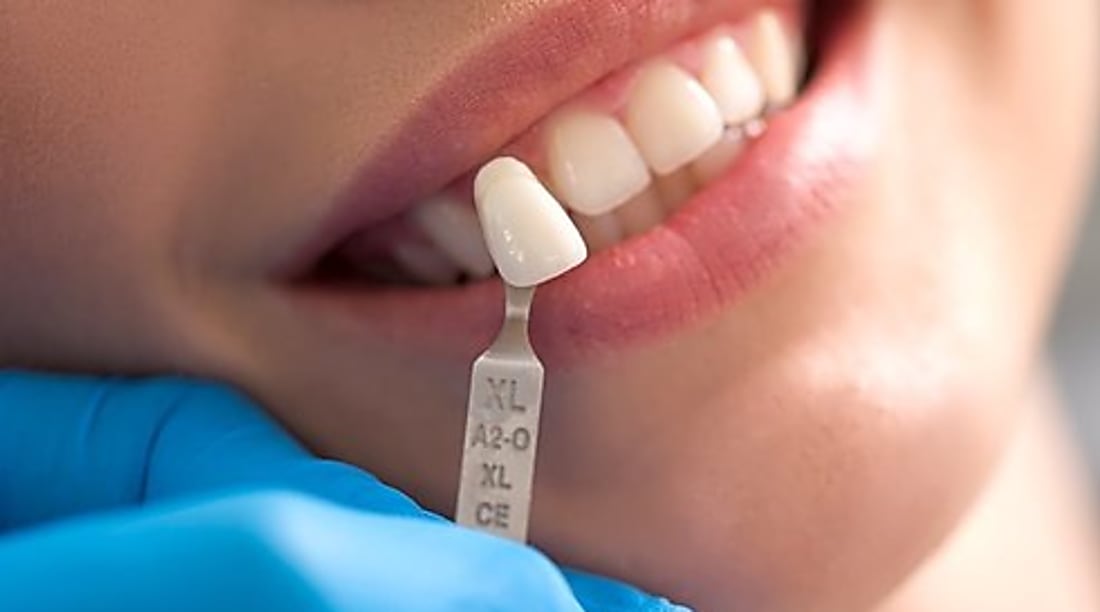Screwless Dental Implants: A Modern Approach to Restoration
Dental restoration technology continues to evolve, and screwless dental implants represent one of the most innovative advances in modern dentistry. These revolutionary implants offer a less invasive alternative to traditional screw-retained implants, providing patients with improved comfort, aesthetics, and long-term stability. This comprehensive guide explores how screwless implants are transforming dental restoration procedures.

What Are Screwless Dental Implants?
Screwless dental implants, also known as friction-fit or push-in implants, are a modern alternative to traditional screw-retained dental implants. Unlike their predecessors, these implants do not require screws to secure the prosthetic tooth to the implant post. Instead, they utilize a unique design that allows the artificial tooth to be securely attached to the implant body through friction and pressure. This innovative approach eliminates the need for visible screws or access holes, resulting in a more natural-looking and aesthetically pleasing restoration.
How Do Screwless Dental Implants Work?
The mechanism behind screwless dental implants is based on the principle of friction fit. The implant consists of two main components: the implant body, which is surgically placed into the jawbone, and the abutment, which connects the implant to the prosthetic tooth. The implant body features a specially designed internal connection that allows the abutment to be securely locked in place without the need for screws. This connection is often tapered or conical, creating a tight seal when the abutment is inserted.
The prosthetic tooth is then attached to the abutment using dental cement or another bonding agent. This seamless integration results in a strong and stable connection that can withstand the forces of biting and chewing while maintaining a natural appearance.
What Benefits Do Screwless Implants Offer?
Screwless dental implants offer several advantages over traditional screw-retained implants:
-
Improved aesthetics: Without visible screws or access holes, screwless implants provide a more natural-looking result, especially for front teeth.
-
Enhanced comfort: The absence of screws reduces the risk of irritation to surrounding gum tissue, leading to improved patient comfort.
-
Simplified maintenance: With no screw access holes to clean or maintain, oral hygiene becomes easier for patients.
-
Reduced risk of complications: Eliminating screws minimizes the potential for screw loosening or fracture, common issues with traditional implants.
-
Faster treatment process: The simplified design often allows for quicker implant placement and restoration procedures.
How Long Do Screwless Implants Last?
The longevity of screwless dental implants is comparable to that of traditional implants, with proper care and maintenance. While long-term studies specific to screwless implants are still ongoing, dental implants, in general, have a success rate of over 95% after 10 years. The durability of screwless implants depends on various factors, including:
-
Patient’s overall health and oral hygiene practices
-
Bone quality and density at the implant site
-
Proper placement and restoration by an experienced dental professional
-
Regular dental check-ups and professional cleanings
With appropriate care, screwless dental implants can potentially last a lifetime, though the prosthetic crown may need replacement after 10-15 years due to normal wear and tear.
Are Screwless Implants Suitable for Everyone?
While screwless dental implants offer numerous benefits, they may not be the ideal solution for every patient. Factors that determine suitability include:
-
Bone density and volume: Sufficient bone is necessary to support the implant.
-
Oral health: Patients should have healthy gums and be free from periodontal disease.
-
Overall health: Certain medical conditions or medications may affect implant success.
-
Smoking habits: Non-smokers generally have better implant outcomes.
-
Bite force: Patients with excessive grinding or clenching may require additional considerations.
A thorough evaluation by a qualified dental professional is essential to determine if screwless implants are the best option for an individual’s specific case.
Cost Considerations and Available Options in Australia
The cost of screwless dental implants in Australia can vary significantly depending on several factors, including the complexity of the case, the dentist’s expertise, and the location of the dental practice. Generally, screwless implants may be slightly more expensive than traditional screw-retained implants due to their advanced technology and materials.
Here’s a comparison of estimated costs for different implant options in Australia:
| Implant Type | Estimated Cost Range (AUD) | Key Features |
|---|---|---|
| Screwless Implants | $4,000 - $7,000 per tooth | Improved aesthetics, no visible screws |
| Traditional Screw-Retained Implants | $3,500 - $6,500 per tooth | Well-established, widely available |
| All-on-4 Implants (full arch) | $20,000 - $35,000 per arch | Suitable for full mouth restoration |
Prices, rates, or cost estimates mentioned in this article are based on the latest available information but may change over time. Independent research is advised before making financial decisions.
It’s important to note that while screwless implants may have a higher upfront cost, their benefits in terms of aesthetics, comfort, and potentially reduced maintenance needs should be considered when making a decision. Many dental practices in Australia offer payment plans or financing options to help make screwless implants more accessible to patients.
In conclusion, screwless dental implants represent a significant advancement in dental restoration technology, offering improved aesthetics, comfort, and long-term stability. While they may not be suitable for every patient, those who are good candidates can benefit from this modern approach to tooth replacement. As with any dental procedure, it’s crucial to consult with a qualified dental professional to determine the best treatment option for your individual needs and circumstances.
This article is for informational purposes only and should not be considered medical advice. Please consult a qualified healthcare professional for personalized guidance and treatment.




